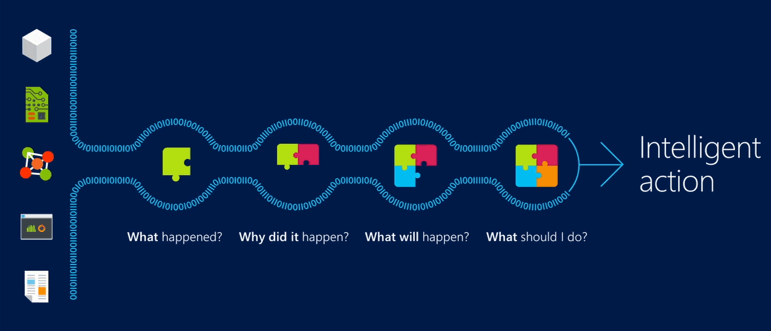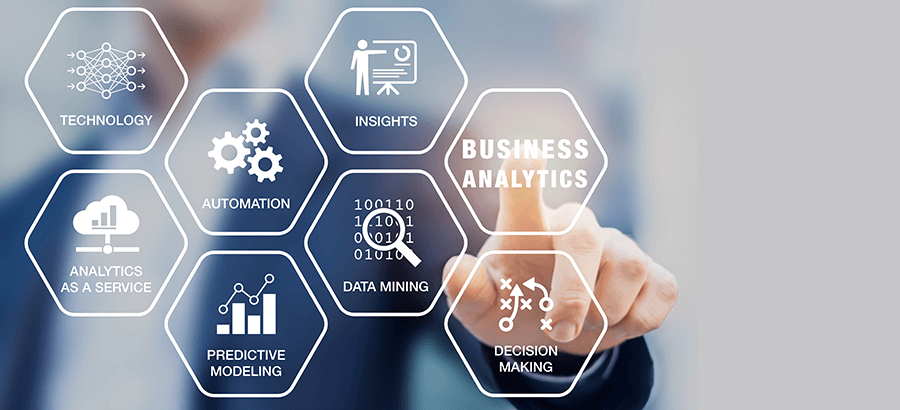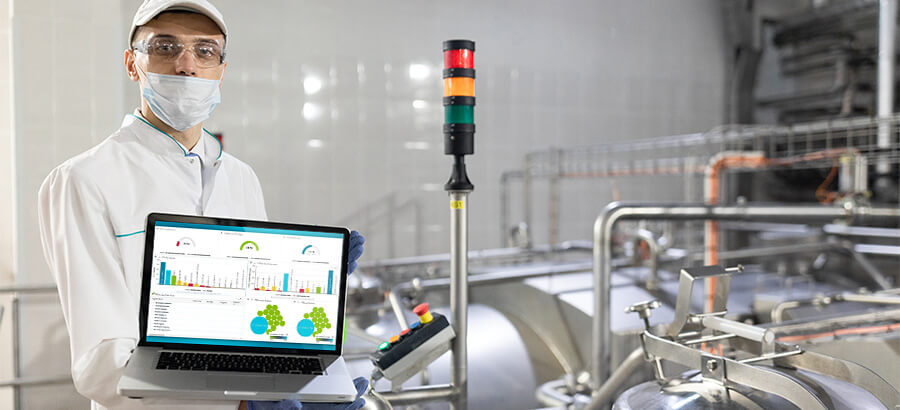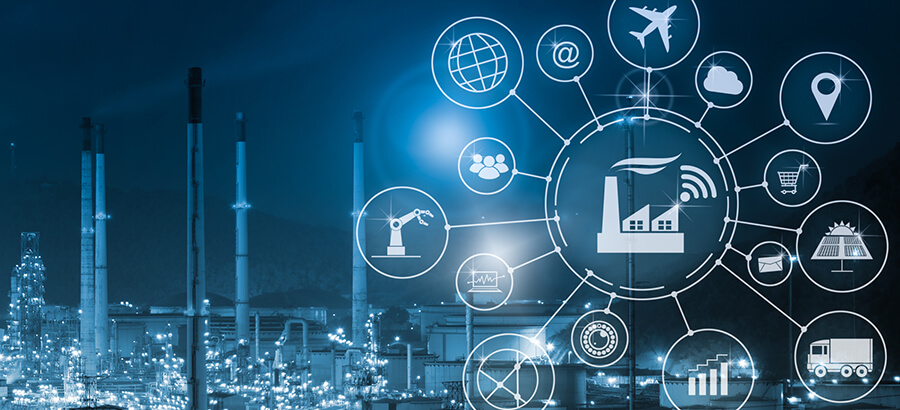Gartner analyst, Neil Chandler, recently discussed the Disruptive Nature of Analytics at the 2015 Gartner Symposium in Cape Town. The presentation showed us a shifting market, primarily moving from focusing on IT to the business, from the center to the edge and from amassing data to unlocking its intrinsic business value.
Market research showed that by 2018 analytics will be driving data adoption from multiple sources. Vendors will need to empower cross-functional teams that blend business and IT skills to serve customers and analyze customer data to create more granular customer segments and personalize the customer experience.
The event highlighted that using analytics to predict and customize the customer buying experience will give those companies that hit the sweet spot a huge market advantage.
Here at SYSPRO we are also beginning to harness analytics to better service our customers and help optimize their businesses. We need to use business intelligence to mine the gold in our data-loaded society and use customer behavior patterns, environmental influences and trends to predict future behavior. This includes how we can use historical data to optimize inventory and storage and boost profit margins.
Businesses are looking at using predictive analytics aided by machine learning to predict supply and demand. For example one of our automotive parts clients import 99 percent of their parts from China and being able to predict the final landed price of these parts locally, from first orders, can significantly add to their bottom line.
They also carry an abundance of stock but often struggle to ensure it is at the right place at the right time. Using past rainfall information and present weather conditions from the different geo-locations they will be able to predict which location will require what stock ahead of time, reducing inventory costs and boosting service levels.
Predictive analytics can take historical ERP data from the business and mach (recently coined IT term meaning to splice together) this up with external data like the past performance of the Rand/Yuan exchange rate and shipping costs to forecast part costs ahead of time.
In addition, analytics can be coded to monitor and encourage the upselling and cross-selling of automotive parts by identifying and comparing buying behaviors. For example what is the weeks’ most sold and sought after part, and if customers are buying that part what allied parts are they also buying? Predicting and monitoring these buying behaviors gives business the competitive advantage.
But this is only the beginning as we embrace predictive analytics for the benefit of all our customers. So, for companies that want to remain competitive it is not a matter of “if” with using predictive analytics but more a matter of “when” and ‘’how soon”. Watch this space as our analytics for ERP adoption journey continues.

In essence this is predictive analytics.








6 thoughts on “Predictive Analytics Uses the Past to Predict the Future for ERP”
Great article on the power of predictive analytics in ERP for manufacturing! Your insights into leveraging historical data to forecast future trends and make informed decisions are incredibly valuable. Predictive analytics indeed holds immense potential for optimizing operations and driving business growth.
Your article on leveraging predictive analytics within ERP systems offers valuable insights into how businesses can transform historical data into strategic foresight. The example of the automotive parts client using weather patterns and exchange rate histories to optimize inventory and forecast costs illustrates the practical benefits of integrating predictive analytics. It’s evident that embracing these technologies can lead to more informed decision-making and a significant competitive edge. Thank you for shedding light on this crucial aspect of modern business operations.
Excellent article! The way predictive analytics is transforming ERP systems for manufacturing is truly game-changing. By leveraging historical data to forecast future trends, businesses can make smarter, more proactive decisions—whether it’s optimizing inventory, reducing downtime through predictive maintenance, or improving supply chain efficiency.
I especially appreciated your emphasis on how ERP systems centralize data, enabling manufacturers to act on insights in real time. It’s clear that integrating predictive analytics with ERP is no longer a luxury but a necessity for staying competitive in today’s fast-paced industry.
Do you see AI and machine learning playing an even bigger role in ERP systems moving forward? Looking forward to more insights on this topic
Your post on utilising predictive analytics in ERP systems provides insightful information about how companies may turn past data into strategic insight. The real-world advantages of incorporating predictive analytics are demonstrated by the automobile parts client’s use of weather trends and exchange rate histories to estimate expenses and optimise inventory. It is clear that using these technologies can result in a major competitive advantage and better informed decision-making. I appreciate you providing insight into an important facet of contemporary corporate processes.
This is such an informative and forward-thinking article! Your explanation of how predictive analytics can enhance ERP systems in manufacturing is both clear and compelling. It’s exciting to see how technology is shaping the future of the industry. Thanks for sharing such valuable insights!
This is an insightful article! Predictive analytics truly revolutionizes ERP systems by leveraging historical data to forecast future trends, helping manufacturers make smarter, data-driven decisions. It’s amazing to see how technology continues to enhance efficiency and innovation in the manufacturing industry. Great read!